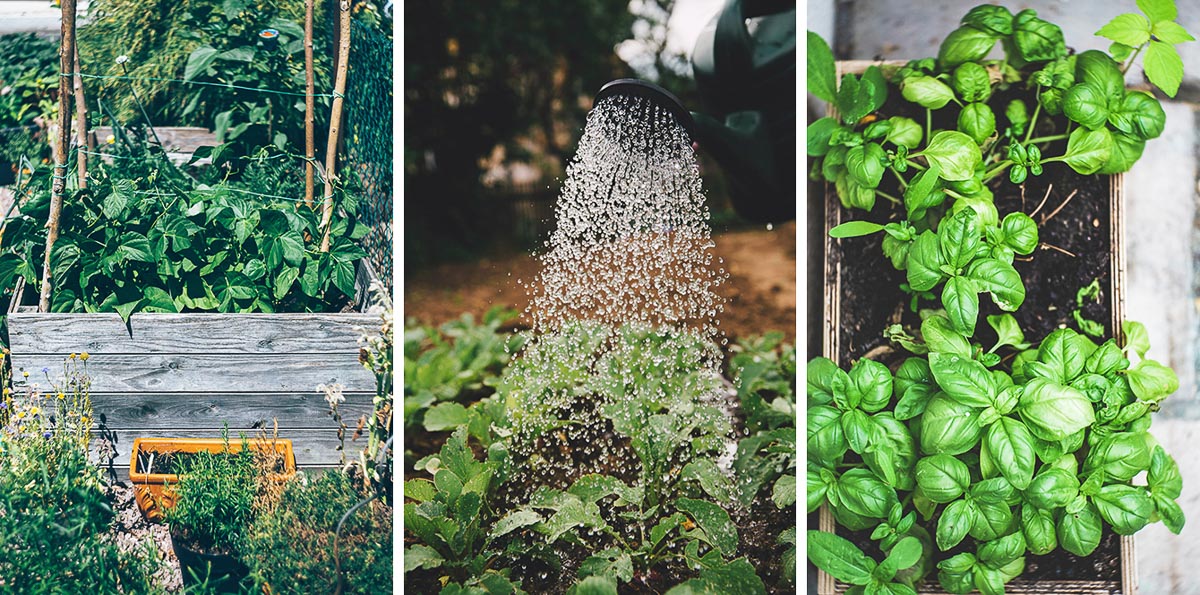The 30-Second Trick For City Blooming
The 30-Second Trick For City Blooming
Blog Article
The Ultimate Guide To City Blooming
Table of ContentsSee This Report about City BloomingNot known Incorrect Statements About City Blooming All About City Blooming9 Easy Facts About City Blooming ShownThe Only Guide to City Blooming
Interested in growing food for sale in the City of Chicago? Below is a list of regularly asked concerns concerning the rules and policies that cultivators need to take into consideration when intending a metropolitan agriculture project.
The zoning amendment does not modify any type of various other codes dealing with composting, structure permits, purchasing or leasing City owned home, service licenses or environmental contamination. There are existing codes that control these concerns and they remain completely impact and may apply to your job. Area gardens are typically had or handled by public entities, public companies or community-based companies and kept by volunteers.
Urban farms grow food that is planned to be offered, either on a not-for-profit or for-profit basis. Due to their commercial function, urban farms require a service certificate.
City Blooming Fundamentals Explained
The quantity of compost material can not go beyond 25 cubic backyards at any type of offered time according to the standards in 7-28-715 of the City's Municipal Code. Since the dirt at the majority of new garden sites requires changing, garden compost, soil, timber chips, or other materials can be acquired to create or improve the growing space.

If a structure license is needed then the hoophouse will certainly be considered an accessory building. You can locate out even more regarding the structure authorization needs by getting in touch with the Department of Buildings. The 25,000-square-foot dimension limitation is meant to avoid a single neighborhood garden from controling a given block or diminishing the block's existing domestic or commercial personality.
The restriction does not use to gardens located in Public Open Room (POS) districts. Can there be greater than one community garden that is 25,000 square feet on a single block? Yes. The dimension limitation applies to individual yards, not to individual blocks. No. Fence is not needed, nevertheless, gardens that have large parking lot might be required to set up secure fencing or various other landscape design attributes.
4 Simple Techniques For City Blooming
B1 & B2 districts call for that all commercial use tasks be carried out inside. Is fencing required for city farms? Fencings might be called for, along with landscape design and testing, for particular parking locations and exterior job or storage areas depending on area and the details activity taking area.
Yes. Urban ranches require structure authorizations and zoning approvals prior to construction. Other forms of city evaluation may be needed depending upon specific structures, activities, dimension, landscape design, licensing, public health and stormwater management problems. A number of these demands are identified in the look at these guys task layout or allowing procedure, nevertheless, the candidate might be accountable to independently determine certain licenses or allows that may be required.
The Division of Organization Affairs and Consumer Defense can assist establish the certain type of business certificate that's needed. Off road parking is required for the majority of business tasks in Chicago. The required number of car park rooms is based on the number of staff members working on site and not the square video of the growing room.
Not known Details About City Blooming

Yes. A city ranch can market garden compost product created on site, nevertheless, the procedure needs to comply with the guidelines in 7-28-715 of the Chicago Municipal Code. Yes. Aquaponic systems are enabled inside on metropolitan farms in lots of zoning districts. A zoning evaluation and structure license is needed in order to mount structures or systems and a company license is required as described over.
Up to 5 hives or colonies of honey may be maintained as an accessory usage. However, beekeepers need to register with the Illinois Department of Farming. To find out more concerning the suggested zoning amendment you might speak to the Department of Housing and Economic Advancement, Bureau of Preparation and Zoning at 312.744.8563.
Farming in cities and metropolitan areas A metropolitan ranch in Chicago. Urban agriculture describes different techniques of cultivating. https://gravatar.com/danielnold94107, handling, and dispersing food in city locations. The term also applies to the location tasks of animal husbandry, tank farming, beekeeping, and horticulture in a city context. Urban agriculture is differentiated from peri-urban agriculture, which happens in country areas at the edge of suburban areas.
The 6-Minute Rule for City Blooming
It can include a motion of organic cultivators, "foodies" and "locavores", who look for to form socials media founded on a shared ethos of nature and community holism. These networks can create by method of official institutional support, coming to be integrated into regional community planning as a "transition town" motion for sustainable metropolitan development.
Some of the first proof of city agriculture comes from Mesopotamia.
Report this page